Simple squeeze LED flashlight - RattleGen
LabdeSyn has come up with a very simple to make LED flashlight called the RattleGen that has only one moving part, a lever that you repeatedly squeeze. The simplicity in construction comes in part from his clever use of an off-the-shelf relay.
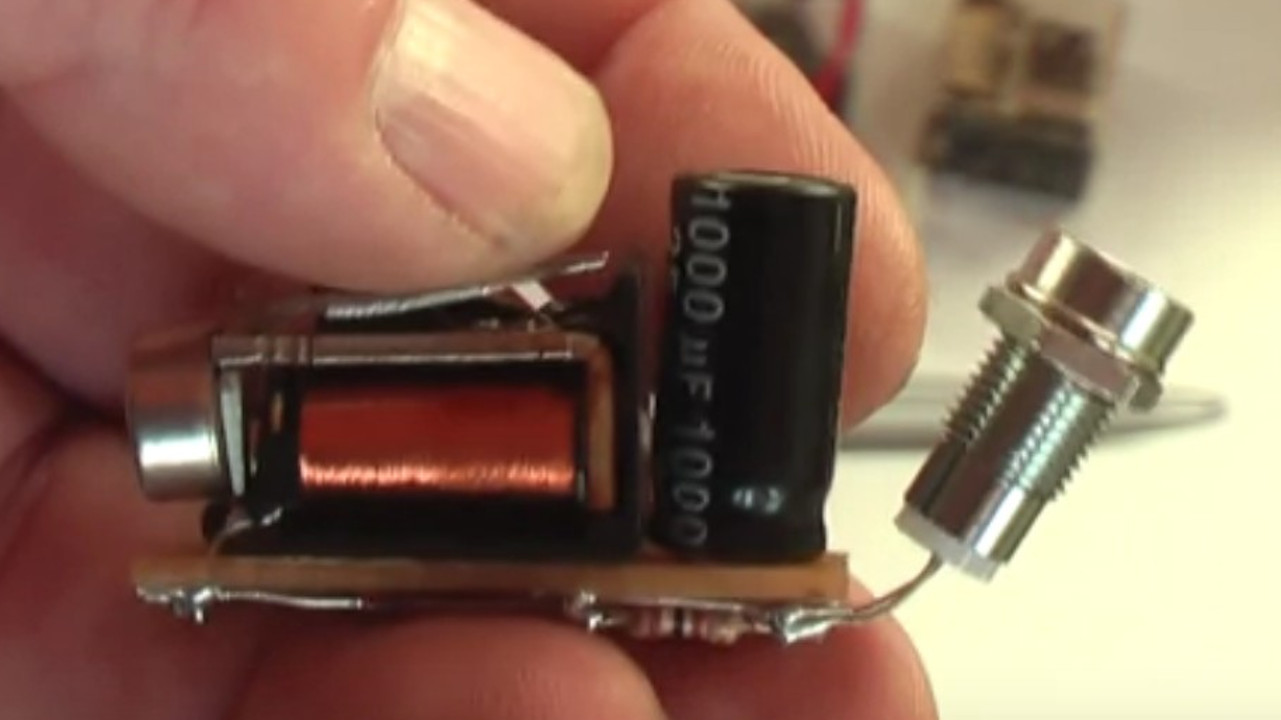
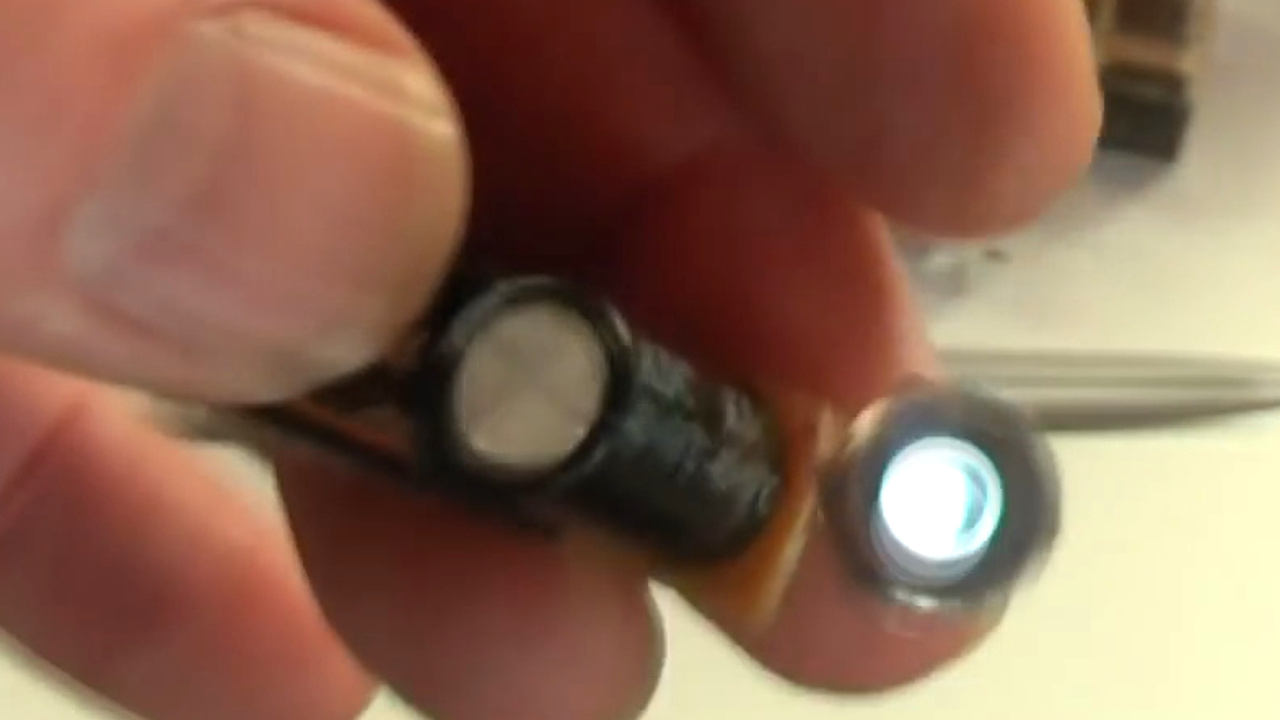
While it doesn't light up a room, it does use a very simple circuit that's basically the same one often used for turning AC from a tranformer, into DC -- that is a circuit consisting of a full wave bridge recifier and a smoothing capacitor. For example, it's the same one used by this 24 volt DC power supply. And so making one of these is a very useful learning exercise. The following is LabdeSyn's detailed write-up. Our thanks to him for sharing this with us.
Nearly 200 years ago Michael Faraday discovered electromagnetic induction. A changing magnetic field produces an electric field in a coil. Today, there is a simple way to gain electricity from a relay and a strong magnet.
I call this kinetic generator the RattleGen because, by pressing the lever of the relay quickly (the only moving part!) it makes a rattling noise. This electro generator is nearly solid state and produces enough energy to power an LED. Compared to 100 years of dyna flashlight based on a rotating generator, the RattleGen squeezer is nearly indestructible because of the few mechanical parts. This project is part of an ongoing investigation for small scale, batteryless energy harvesting.
The circuit
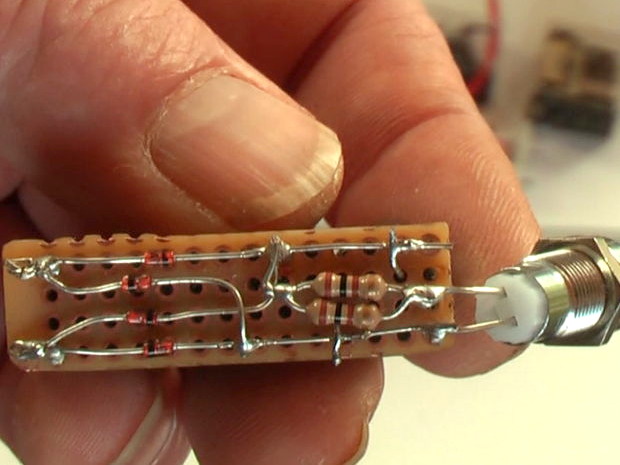
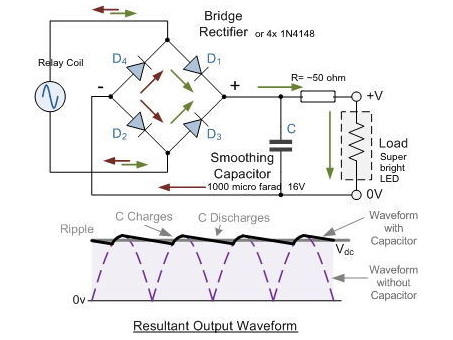
The electronic circuit is very elementary as you can see here. I use a resistor to reduce the LED current.
Why do I call it an enhanced RattleGen? Well, doing experiments with a relay and a magnet in early 2013, I discovered on my oscilloscope screen a useful voltage. A ceramic magnet was put against the relay coil. Pressing the contact lever made energy, as you can see in the video. A bit later I placed a strong neodymium magnet on the contact lever of the relay. As a result, the voltage was peaking 2 times higher on the screen. Then I took a small relay; the output peak voltage of the relay coil was 35 volt, without load. After the bridge rectifier the voltage peaks are smoothed by a condenser. To test the small generator I use an ultra bright LED. Take care; depending on the iron of the relay coil a stronger magnet will not give more flux, this because of the saturation. If you make the gap bigger between the contact lever and the relay coil the output will be enhanced. The magnet functions also as tension spring. The lever jumps back after pressing. This saves again one mechanical part. Before the LED light up you have to press the contact-lever several times. This is because the capacitor of 1000 microfarads, 16 volts has to charge first.
Some remarks
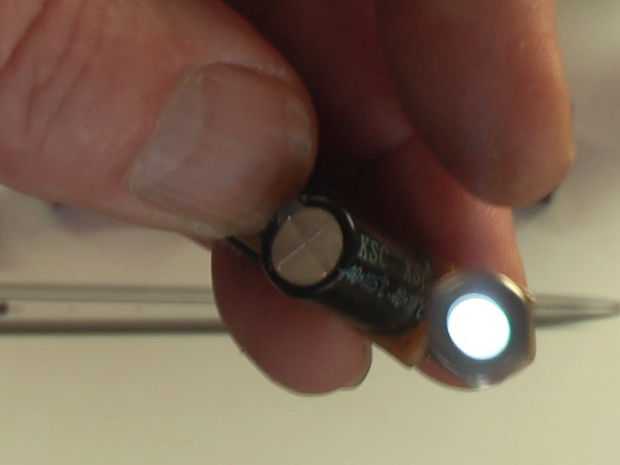
Later, I will publish the test data at my website's energy blog. More experiments are necessary to optimize the parts; the results are already promising. This kinetic energy harvester can compete with the output of existing piezo generators and is much cheaper. Soon more applications will follow, with the RattleGen as starting point. My intention is that also people in developing countries can easily build this squeeze flashlight. And don't forget the young makers. Besides the fun of making this project, it shows them also one of the basic principles and needs of our present civilization; electricity and light.
|
Do you have a project you'd like to share on rimstar.org too? You're more than welcome to. Click here for details. |
|

